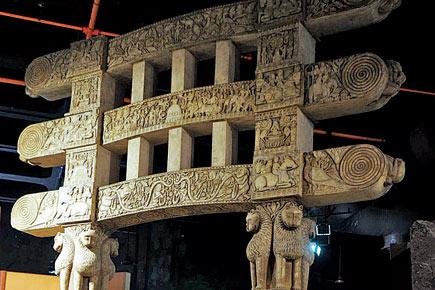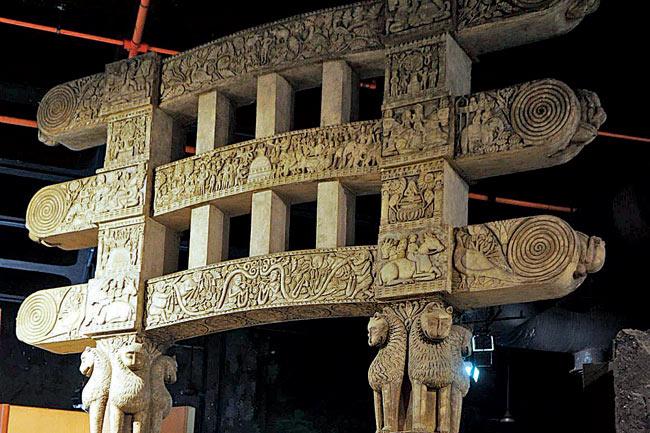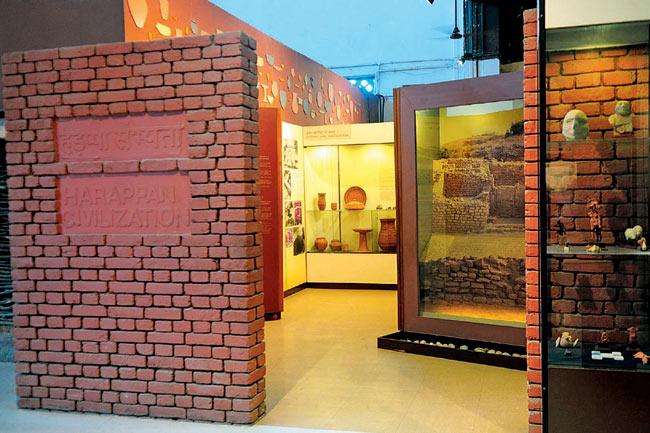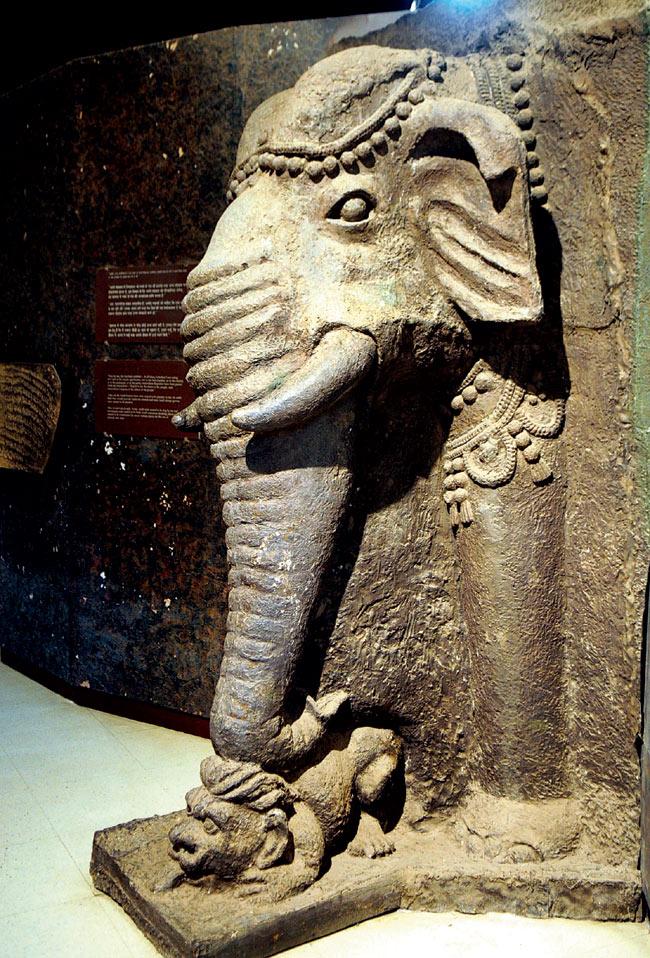It's called serendipity. We walked into the Nehru Centre, presuming that the Nehru Science Centre is located there and find that it’s not

It’s called serendipity. We walked into the Nehru Centre, presuming that the Nehru Science Centre is located there and find that it’s not. I ask the security, “What’s in here?” They shrug and say, “Museum hai.” And I’m influenced by their nonchalance. But it must be serendipity that takes me forth.
ADVERTISEMENT
On the first floor is the history of India in the most visual way. I graduated in history and ancient Indian history; I wish my college or school had taken me here.

The Discovery of India expositions have 14 galleries where permanent display of different aspects of the Indian civilisation from its very beginning, is on display. It is a showcase of India through the ages from 2500 BC to after India got its independence. This is composite history — where intellectual, philosophical and artistic transitions are located and traced. Each display comes with a story, with pictures, with installations from that time, with books, documents, often films as well as photographs, attire and all possible records that help to connect the dots.
The galleries, I am told by the gallery manager, have 50,000 exhibits. There is The Beginning, The Harappan Civilisation, The First Millennium, The Mayuran Dynasty, Confluence of Culture, Continuity and Change-I, Continuity and Change-II, Synthesis, Impact of the West, Struggle for Freedom and Heritage of Unity. There is a whole gallery on Nehru. Each section is a beauty and needs to be seen to be believed.

(Above and below) Exhibits crisscross timelines and India’s rich historic influences. Pics/Bipin Kokate
What do I savour? The architecture of the Satavahanas that I learnt and never understood in textbooks? Or do I admire the Rajput powers that were? Do I run my fingers on the stupas or read the translations of what Ashoka wrote on them? In the Synthesis of Culture, I think to myself as I witness the union of lifestyle and art, ‘I wish our politicians could see this’. I marvel, wide-eyed, the Upanishads that have been collected and placed here; the coins and the turbans of each dynasty; the display of calligraphy; the beauty of the roots of Urdu; how trade was done between Hindustan and the Middle East; and much, much more.
Where maps of different eras of India are shown I read the quote: “Maps are never merely a representative of geographical realities; they also reflect the world views of the culture that reproduces them.”
In the gallery displaying the impact of the West, I read: Bungalow originates from the word ‘bangla’ a type of Bengali peasant house.”
You live and learn. This astounding jewel of history is a must-visit.
I will go there again.

Guide Book
Where Nehru Centre, Dr Annie Besant Road, Worli.
How to get there Worli is best connected by road. Most buses headed to South Mumbai pass via Worli. By local train, alight at Dadar station and hail a taxi to Worli. The Nehru Centre is the landmark.
Timings Closed on Mondays, 10 am to 6 pm
Charges Free
Food A cafeteria is on the ground floor of Nehru Centre; there are many eateries across budgets, nearby.
water Can be bought, but carry bottled water.
Restroom facilities Yes
What is good It’s an ideal way to show history to children, especially if they are learning it at school. Each gallery is well represented, and makes for a visual-knowledge treat.
 Subscribe today by clicking the link and stay updated with the latest news!" Click here!
Subscribe today by clicking the link and stay updated with the latest news!" Click here!






